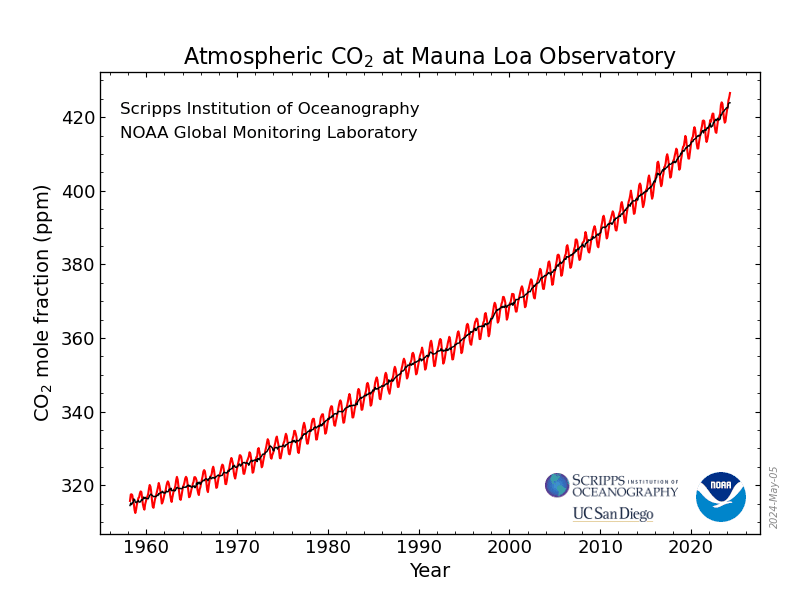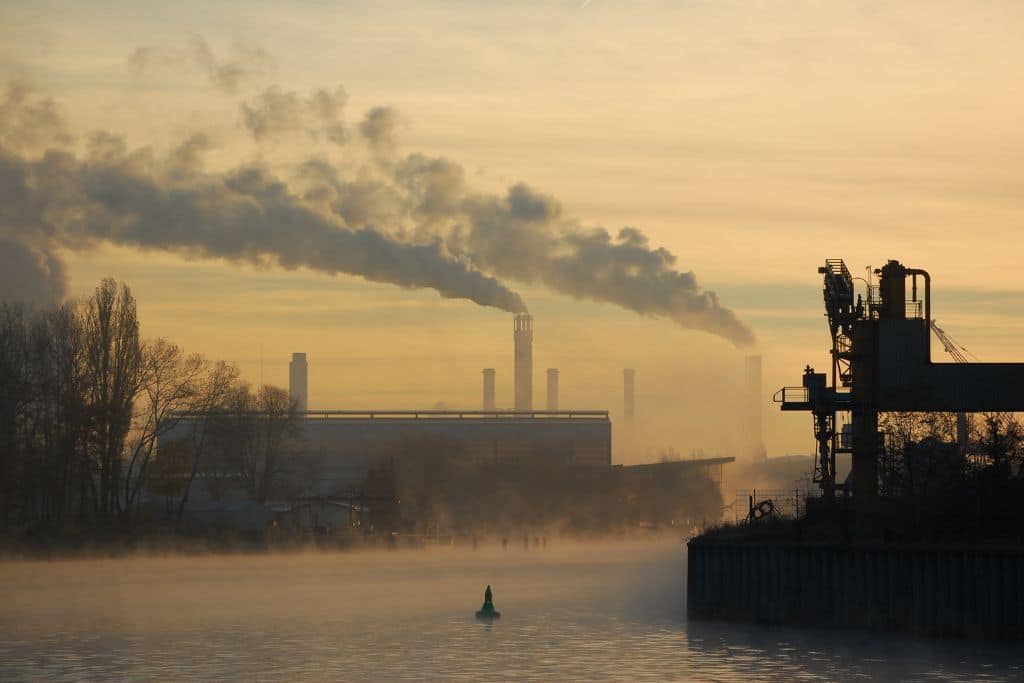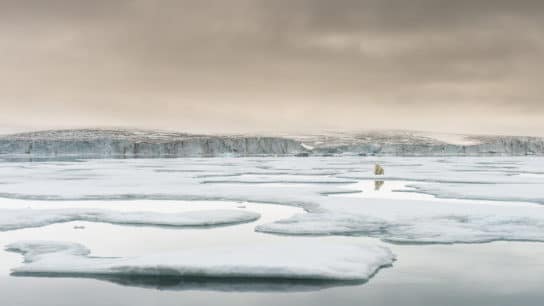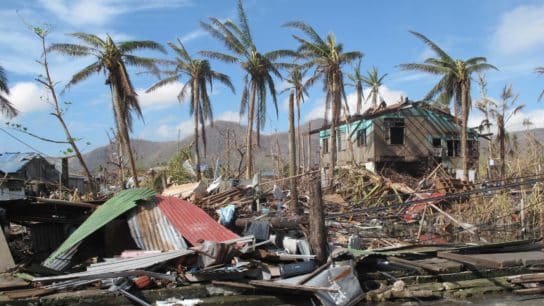Scientists found that while natural rises in the past took about 7,000 years to achieve a magnitude similar to the current increase, today’s levels are surpassed within a mere five to six years.
—
A recent study conducted by scientists from Oregon State University and the University of St Andrews has revealed that the rate of atmospheric carbon dioxide (CO2) increase is currently ten times faster than at any point in the past 50,000 years.
By analyzing ancient Antarctic ice, the researchers were able to uncover a pattern of abrupt climate shifts and identify the unprecedented nature of the current CO2 rise. The research team undertook a detailed chemical analysis of ice cores extracted from the Antarctic, which contain air bubbles trapped over hundreds of thousands of years, serving as a valuable record of past climate conditions.
The study, published Monday in the Proceedings of the National Academy of Sciences (PNAS), demonstrates that the rate of CO2 increase today is ten times higher than the previous natural rises observed in history and “largely driven by human emissions.”
“Studying the past teaches us how today is different. The rate of CO2 change today really is unprecedented,” said Dr Kathleen Wendt, assistant professor at Oregon State University and lead author of the study.
CO2, a by-product of burning fossil fuels, biomass, land-use changes, and industrial processes such as cement production, is the principal anthropogenic greenhouse gas in the atmosphere, responsible for about three-quarters of planet-warming emissions. Global CO2 emissions from fossil fuels have increased by more than 60% since 1990.
Atmospheric CO2 is now 50% higher than it was before the onset of the Industrial Revolution.

The scientists found a correlation between the spikes in CO2 levels and North Atlantic cold intervals – known as Heinrich Stadials – that occurred during the last glacial period, culminating in extensive iceberg discharge events. The dramatic collapse of the North American ice sheet triggered abrupt climate shifts globally, resulting in a chain reaction affecting various climatic factors, including changes in tropical monsoons, Southern Hemisphere westerly winds, and significant releases of CO2 from the oceans.
During the last ice age, there were instances where CO2 levels appeared to rise significantly higher than the average. However, previous measurements lacked the precision to reveal the full extent of these rapid changes. The recent study addressed this limitation by conducting detailed measurements during those periods, uncovering an unprecedented rate of CO2 increase. While natural rises in the past took about 7,000 years to achieve a magnitude similar to the current increase, today’s levels are surpassed within a mere five to six years.
The research findings have critical implications for the Southern Ocean’s ability to absorb human-generated CO2.
The Southern Ocean, also known as the Antarctic Ocean, plays a vital role in mitigating climate change by absorbing a portion of the CO2 emitted by human activities. However, the study suggests that the strengthening of southerly winds, which is projected to occur due to climate change, may weaken the Southern Ocean’s capacity to absorb CO2 in the future. This could exacerbate the global CO2 concentration and intensify the greenhouse effect, leading to further climate change impacts.
You might also like: Explainer: What Are Carbon Sinks?
“While these CO2 jumps are the most rapid ever resolved from paleo archives, they are still 10x slower than modern CO2 rise. We caution that while today the Southern Ocean takes up CO2 from the atmosphere, current poleward shifts in the westerlies may weaken this sink in future,” climate scientists and geochemist James Rae said on X (formerly Twitter), commenting on the findings.
These findings highlight the interconnectedness of Earth’s climate systems and the potential for rapid and widespread climate changes and confirm the rise was primarily driven by human activities.
This story is funded by readers like you
Our non-profit newsroom provides climate coverage free of charge and advertising. Your one-off or monthly donations play a crucial role in supporting our operations, expanding our reach, and maintaining our editorial independence.
About EO | Mission Statement | Impact & Reach | Write for us














